Carrie Mae Weems is a well-known African American female artist, born on 20th April 1953 in Portland, Oregon. She is an accomplished photographer, video artist, conceptual artist and performance artist. After completing her high school education, she attended the University of California in San Diego, where she obtained her Bachelor's Degree. Later, she enrolled at the California Institute of the Arts in Valencia, where she further honed her artistic skills. She also received an honorary degree from the California College of Arts and Crafts in Oakland.
Weems is famous for documenting the African American experience through her work, which combines gesture and movement, music, storytelling, and photographic imagery. She is known for her unique ability to adapt her own photographs and historical images of African Americans by adding text that evokes themes of family relationships, gender roles, and the histories of racism, sexism, and class. She has exhibited her works in various galleries and museums across the world.
Weems grew up in a family of intellectuals who encouraged her to explore the world and be politically engaged from an early age. Although her initial foray into the arts began with performance, she soon turned to the visual arts as her place of endeavor. Her works have been widely recognized and celebrated, earning her numerous accolades, including the MacArthur Fellowship in 2013.
Carrie Mae Weems Portrait by Jerry Klineberg
In 1990, Weems created, The Kitchen Table Series. It was a collection of fictional vignettes created by Carrie Mae Weems. In this series, Weems takes on the lead role and portrays a variety of characters, including lovers, friends, and daughters. Each scene in the series takes place in a small room illuminated by a single overhead light, creating an intimate and personal atmosphere.
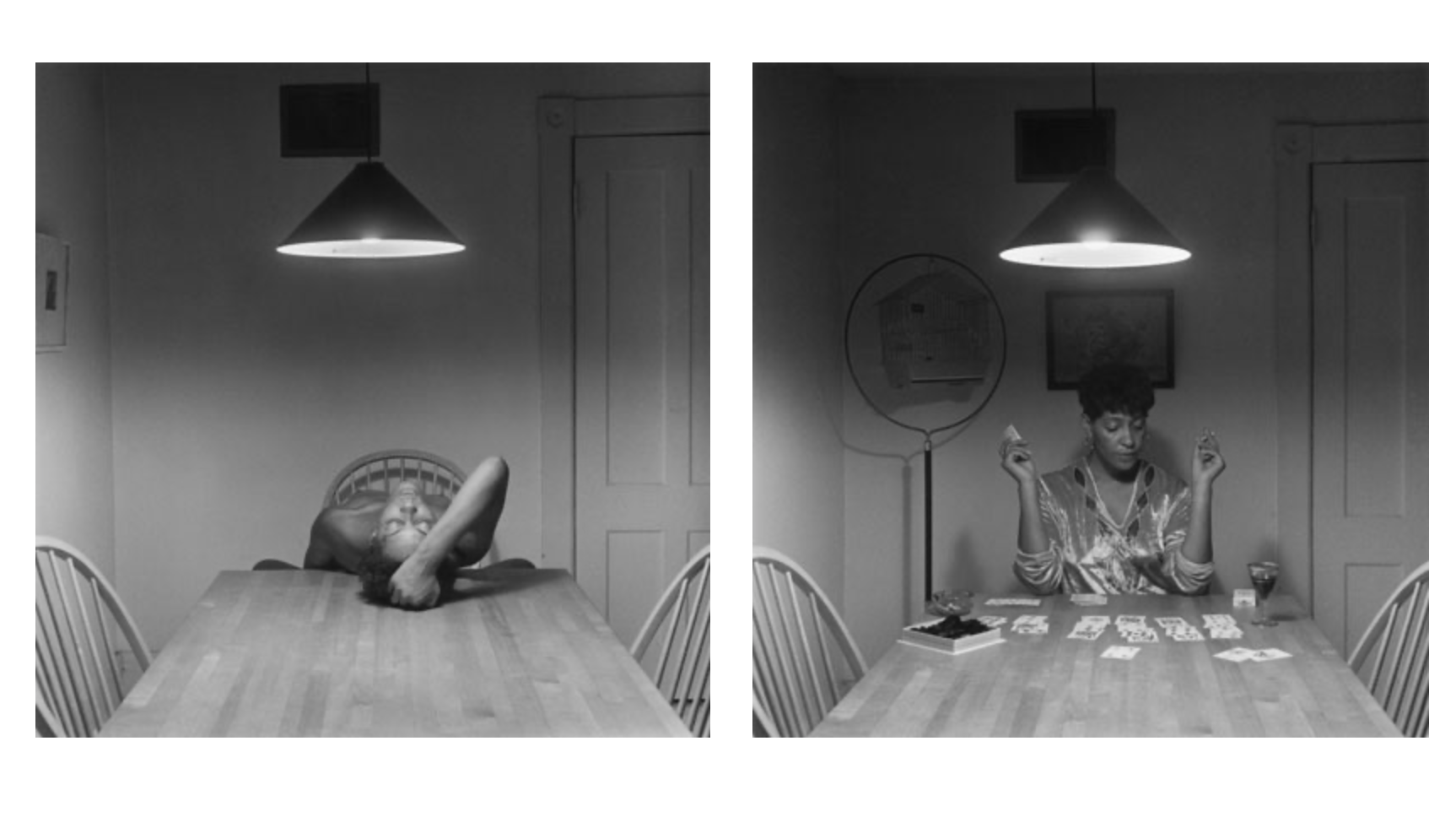
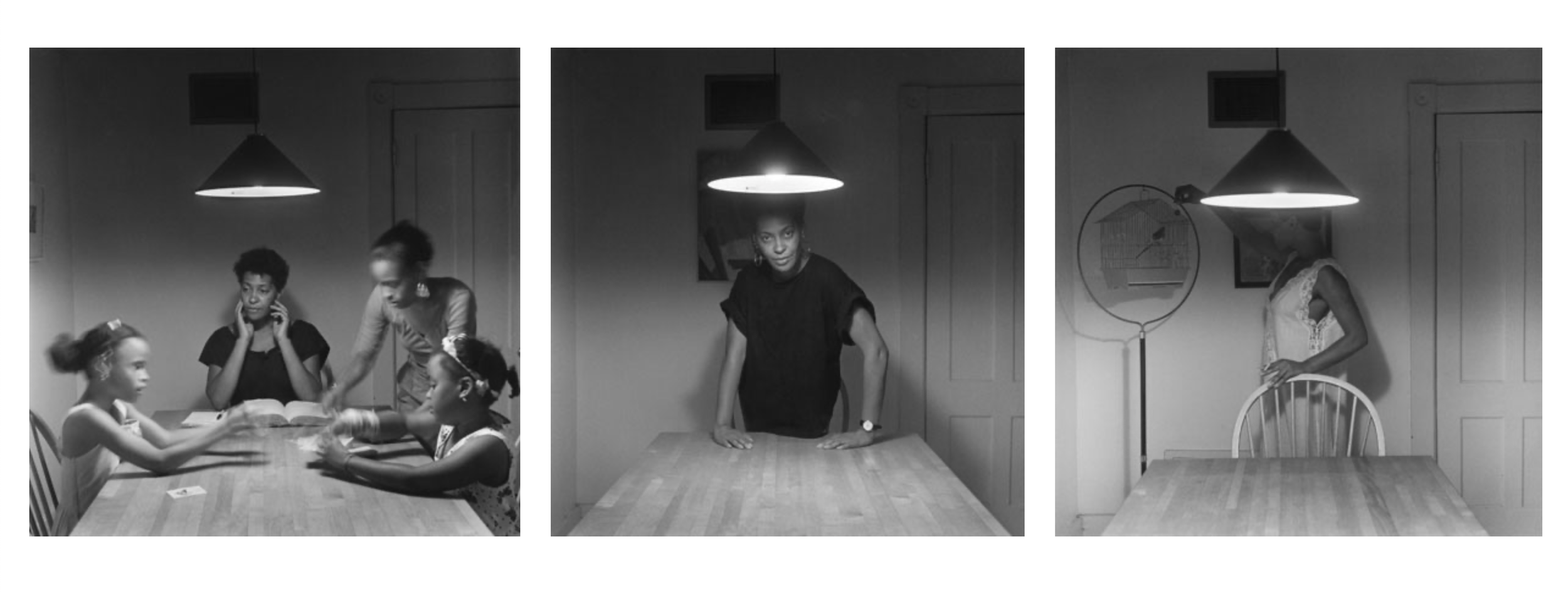
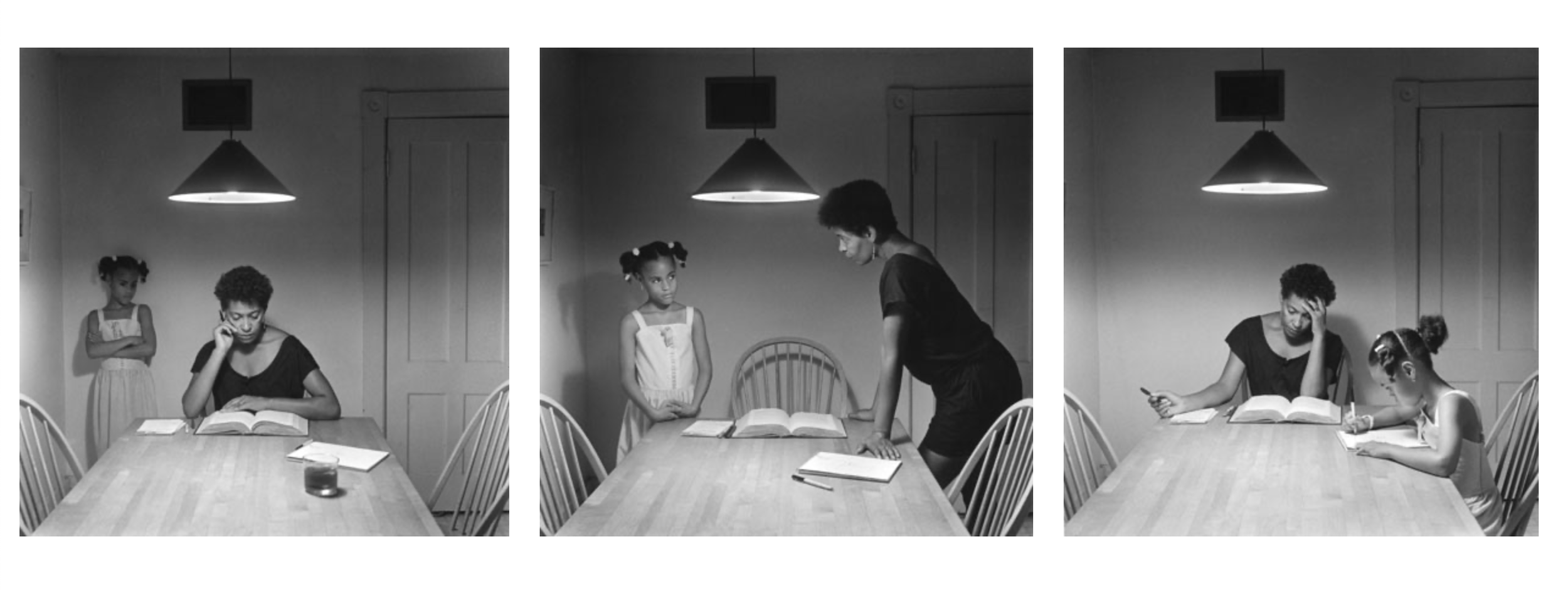
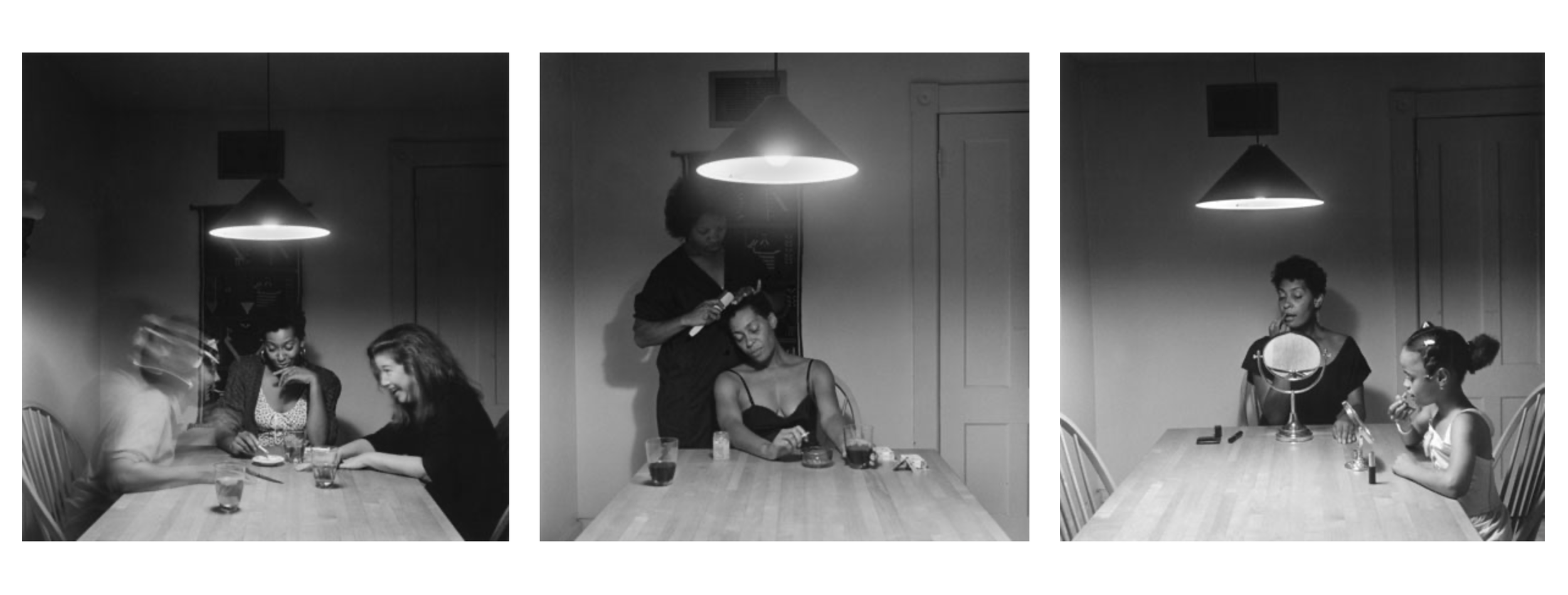



Above: Carrie Mae Weems (American, born 1953), Untitled, from the series Kitchen Table, 1990, gelatin silver prints, each image/sheet: 27 1/4 in x 27 1/4 in, Gift of the Contemporary Art Council. Portland Art Museum, Portland, Oregon, 94.19a-c
The Kitchen Table Series is groundbreaking in its subversion of traditional notions of the kitchen as a domestic and feminine space. Weems uses the setting of the kitchen to explore a wide range of emotions and experiences, including love, loss, and personal growth. The series is a powerful examination of the lives of Black women, highlighting their strength, complexity, and beauty.
Weems' work in The Kitchen Table Series is a testament to her skill as an artist and her ability to create a rich and diverse cast of characters. The series offers a deeply human portrayal of everyday life, with all of its joys and struggles. Through her work, Weems invites the viewer to empathize with her characters and to see themselves reflected in their stories.
The Right: Carrie Mae Weems (American, born 1953), Untitled, from the series Kitchen Table, 1990, gelatin silver prints, each image/sheet: 27 1/4 in x 27 1/4 in, Gift of the Contemporary Art Council. Portland Art Museum, Portland, Oregon, 94.19a-c


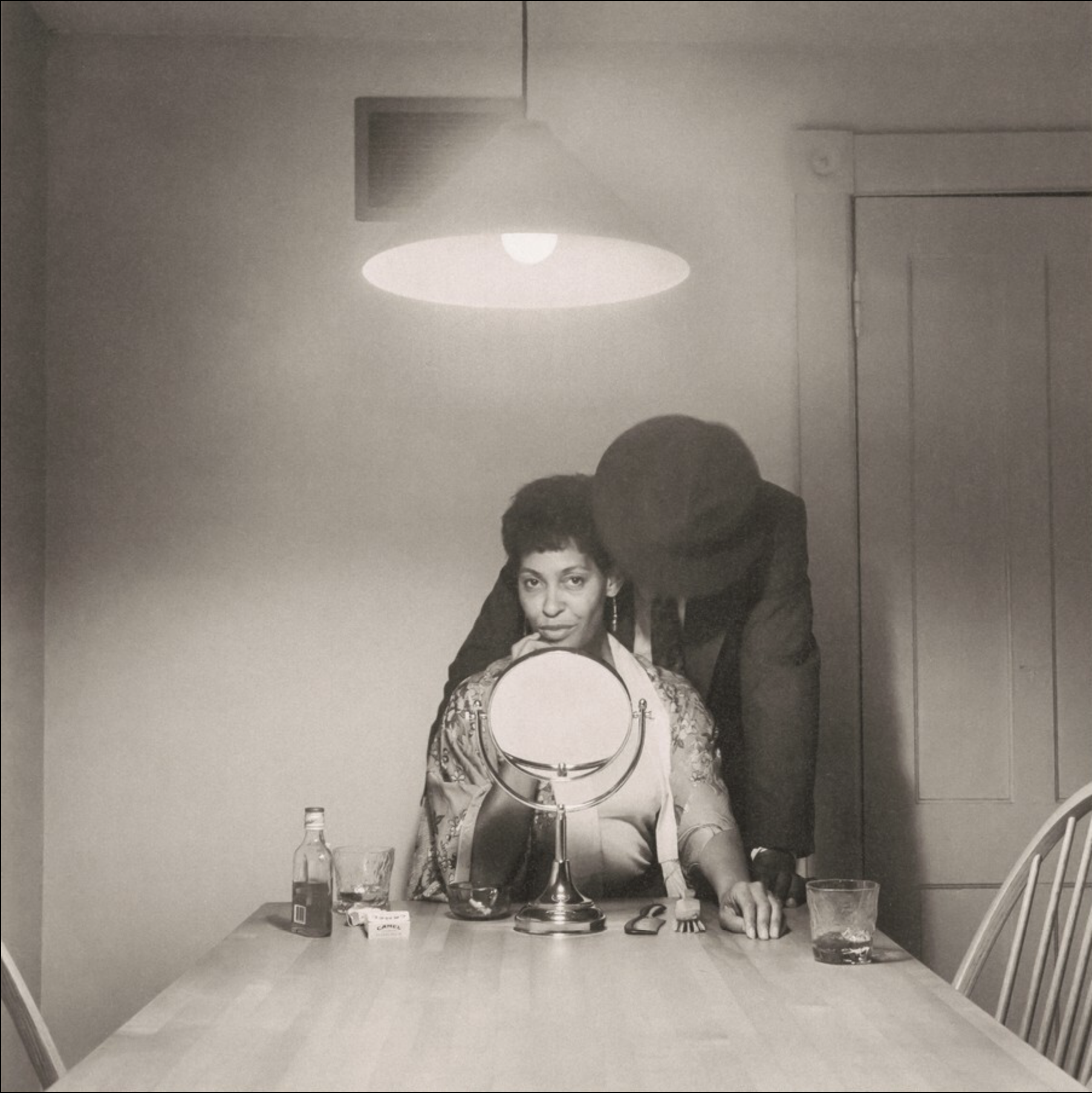
Greetings! My name is Noah Winston and I specialize in capturing fine art photographs and writing compelling pieces. If you're interested in learning more about how I created my blog, let me guide you through the 10 steps that I followed to launch and maintain it. From brainstorming ideas to choosing the perfect domain name and web hosting platform, I'll share with you everything you need to know to set up your own successful blog.
1. Conduct research on Carrie Mae Weems' life and career.
2. Study The Kitchen Table Series and analyze the visual elements of each photograph.
3. Research the history of kitchens and the role of women in the domestic space.
4. Read articles and critiques of Weems' work to gain a broader perspective.
5. Analyze how Weems uses the kitchen table to explore complex themes related to race, gender, and identity.
6. Consider the impact of Weems' work on contemporary art and feminist discourse.
7. Develop a thesis statement and outline for the essay.
8. Write a draft of the essay, making sure to include analysis and evidence to support your argument.
9. Edit and revise the essay for clarity and coherence.
10. Properly cite all sources used in the essay.
